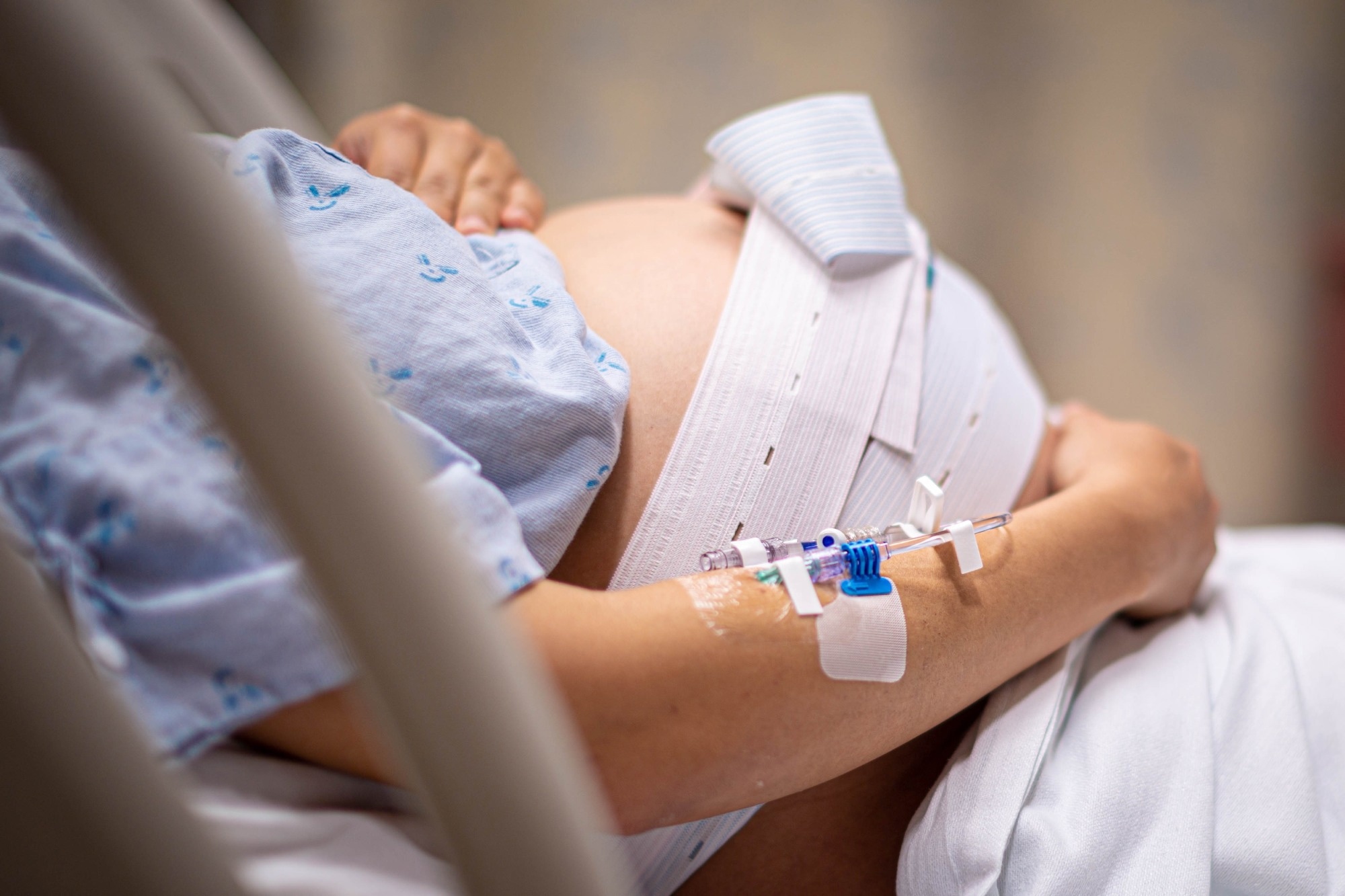A recent Scientific Reports study investigates the relationship between advanced maternal age and maternal mortality in Japan.
 Study: High maternal mortality rate associated with advanced maternal age in Japan. Image Credit: christinarosepix / Shutterstock.com
Study: High maternal mortality rate associated with advanced maternal age in Japan. Image Credit: christinarosepix / Shutterstock.com
Background
In recent years, there has been an increase in older women who are pregnant. However, this global prevalence of advanced maternal age (AMA) has elevated maternal complications, such as an increase need for cesarean sections.
AMA also enhances the risk of cervical incompetence, preeclampsia, preterm water breaking, preterm delivery, gestational diabetes, and placenta previa. In addition to maternal complications, several studies have indicated that AMA also increases the risk of maternal mortality.
In the future, there is a high possibility of more pregnancies at older ages due to advancements in assisted reproductive technologies and lifestyle changes. To date, no evidence of the association between age and maternal mortality in Japan has been documented.
About the study
The current study included all maternal deaths that occurred in Japan between 2010 and 2021. This information was obtained from the Japanese Maternal Death Exploratory Committee (JMDEC) of the Japanese Association of Obstetricians and Gynecologists (JAOG).
JAOG documents detailed records of the clinical course, medical records, anesthesia details, pathology reports, and autopsy data of deceased mothers, as well as information about staff who participated in the patient's care. Personal information, such as clinicians, maternal characteristics, and facility geography are anonymized by the JAOG.
In this study, the registered maternal deaths were categorized based on age, including mothers younger than 20, 20-24, 25-29, 30-34, 35-39, and over 40 years of age.
Study findings
The current study was the first to examine the relationship between age and maternal mortality in Japan. In the Maternal Death Registration Project, a total of 512 maternal deaths were registered within the study period. The total number of births recorded during the same period was 11,557,975.
AMA in Japan was significantly associated with a greater maternal mortality rate as compared to pregnancies at younger ages. This finding is consistent with previous studies reporting that AMA increases the risk of obstetric complications.
The maternal mortality rate was lower among women younger than 20 years of age. Although the incidence of chronic diseases such as cardiovascular disease, cancer, and renal disease are high among AMA cases, these were not the cause of death.
The most common cause of maternal mortality in women over the age of 40 was hemorrhagic stroke. Most of the deaths due to hemorrhagic stroke were associated with preeclampsia.
An increased incidence of preeclampsia was observed with advanced age, as the overall incidence of 3-4% rose to 5-10% in women between 40 and 49 years of age. The incidence of preeclampsia was even higher at 35% in women 50 years and older.
Thus, older Japanese and Asian pregnant women must be monitored for the development of hemorrhagic stroke due to preeclampsia. Pregnant women above 40 years of age must be regularly monitored for the occurrence of hypertensive nephropathy using uterine artery Doppler and aspirin therapy.
The rate of maternal mortality in women above 40 years of age who had undergone assisted reproductive therapy was low. Importantly, no cases of maternal mortality due to hemorrhagic stroke caused by preeclampsia were observed in this group of women.
In addition to hemorrhagic stroke, other factors that significantly increased maternal mortality in older pregnant women in Japan were pulmonary thromboembolism, infectious diseases, and suicide.
Other developed countries have reported higher maternal mortality rates among young women and those of AMA. For example, the lowest maternal mortality rate in the United Kingdom was between 20 and 30, while a comparative increase was observed among those below 20 years of age and above 30 years of age.
Conclusions
The current study has some limitations including the mono-ethnic nature of the cohort and lack of adjustments for several confounding factors while estimating maternal mortality rates.
The data of older women with successful pregnancies was not analyzed. Furthermore, information about the hospital infrastructure, resources, and staff that contributed to maternal mortality was not considered in the analysis.
Despite these limitations, the current study reveals that the risk of maternal mortality increases proportionally with age in Japan. A higher mortality rate was observed in pregnant women above the age of 40 years than those between 35 and 40 years of age.
The most prevalent cause of maternal mortality was hemorrhagic strokes due to preeclampsia. Healthcare providers must consider these findings to provide optimal care to women who became pregnant at an advanced age.
Journal reference:
- Tanaka, H., Hasegawa, J., Katsuragi, S., et al. (2023) High maternal mortality rate associated with advanced maternal age in Japan. Scientific Reports, 13(1); 1-7. doi:10.1038/s41598-023-40150-4